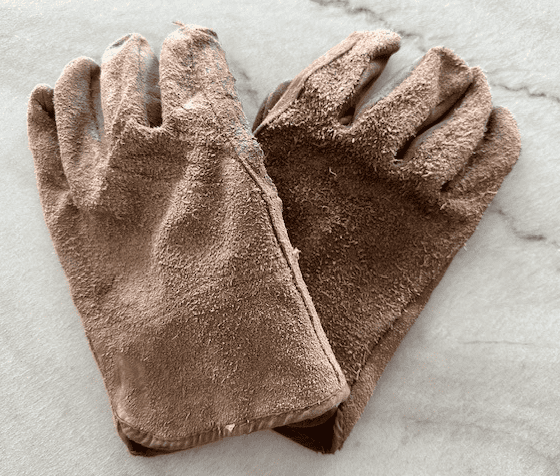Gloves are essential protective gear designed to safeguard hands from various hazards encountered during DIY projects. They provide protection against cuts, abrasions, chemicals, and extreme temperatures, ensuring both safety and comfort while working.
History
Gloves have been used for centuries, with their origins tracing back to ancient civilizations. Early gloves were made from animal skins and served as protection for warriors and laborers. Over time, the design and materials evolved, leading to the development of specialized gloves for various tasks. The industrial revolution significantly advanced glove technology, introducing new materials like rubber and synthetic fibers, which enhanced durability and functionality.
Types of Gloves
- Leather Gloves
- Rubber Gloves
- Nitrile Gloves
- Cut-resistant Gloves
- Heat-resistant Gloves
- Chemical-resistant Gloves
- Disposable Gloves
- Anti-vibration Gloves
- Welding Gloves
- Electrical Insulating Gloves
Key Features of Gloves
- Material: Leather, rubber, nitrile, etc.
- Durability: Resistance to wear and tear.
- Flexibility: Ease of movement and dexterity.
- Grip: Enhanced surface for better handling.
- Protection: Specific to hazards (cut, heat, chemical).
- Size and Fit: Various sizes for a snug fit.
- Breathability: Ventilation to reduce sweating.
- Insulation: Protection against extreme temperatures.
- Padding: Extra cushioning for impact absorption.
Choosing the Right Pair of Gloves
Selecting the right gloves for your DIY project involves considering the specific hazards you will encounter. For example, if you’re working with sharp tools, cut-resistant gloves are ideal, while chemical-resistant gloves are necessary for handling hazardous substances. It’s crucial to choose gloves that fit well, as ill-fitting gloves can impede dexterity and reduce effectiveness. Always consider the material and thickness appropriate for the task to ensure optimal protection and comfort.
Proper Use and Techniques
Using gloves properly is essential to maximize their protective capabilities. Ensure that gloves are clean and in good condition before use. When wearing gloves, make sure they fit snugly but comfortably, without restricting movement. Follow the manufacturer’s guidelines for specific applications and avoid using gloves for tasks they are not designed for. Regularly inspect gloves for signs of wear and replace them as needed to maintain safety.
Maintenance and Care
Proper maintenance and care of gloves extend their lifespan and ensure continued protection. Clean gloves according to the manufacturer’s instructions, typically using mild soap and water for most materials. Dry them thoroughly before storing them in a cool, dry place away from direct sunlight and chemicals. Regularly check for damage, such as tears or holes, and replace gloves that are no longer in good condition.
Safety Tips
- Choose the right gloves for the task.
- Inspect gloves before each use.
- Ensure a proper fit.
- Follow manufacturer instructions for use and care.
- Store gloves properly to avoid damage.
- Replace damaged or worn-out gloves immediately.
- Avoid using gloves with incompatible chemicals or materials.
- Practice good hygiene by cleaning gloves regularly.
- Be aware of your surroundings and potential hazards.
- Educate yourself on proper glove use and safety protocols.
Conclusion
Gloves are a vital component of personal protective equipment (PPE) for DIY enthusiasts. By choosing the right pair, using them correctly, and maintaining them properly, you can significantly reduce the risk of injuries and enhance your project’s efficiency. Always prioritize safety and invest in quality gloves tailored to your specific needs.


